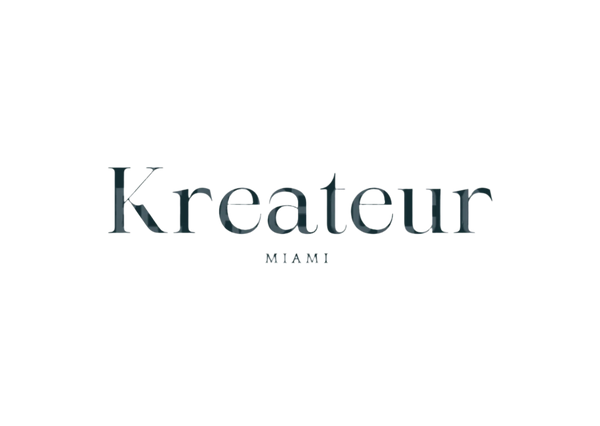
Ocean Jasper: A Must-Have for New Collectors—But Know What You’re Getting
Share
Ocean Jasper is a collector’s favorite—and one of the most joyful, colorful stones you can add to your crystal collection. But here’s something new buyers don’t always realize:
Not every “Ocean Jasper” on the market is actually Ocean Jasper.
Let’s explore what makes this stone so unique, why it’s a beautiful choice for beginners, and how to tell the difference between true Ocean Jasper and similar lookalikes.
What Is Ocean Jasper, Really?
Ocean Jasper is the trade name for a rare orbicular jasper that comes exclusively from the coastal deposits near Marovato, Madagascar. These deposits are located right along the ocean and were once only accessible at low tide—which is how the stone got its name.
It’s not just the location that makes it special. True Ocean Jasper is known for:
-
Orbs (spherical patterns) in contrasting colors
-
Flowing, watery patterns
-
Multi-color layers, sometimes in soft pastels or bold jewel tones
-
Unique clarity and polish, especially in freeforms and slabs
Ocean Jasper is a type of chalcedony, meaning it’s part of the quartz family, but its personality is all its own.
Why It's the Perfect Beginner Stone
Whether you’re collecting for the energy, the aesthetics, or the natural wonder of it, Ocean Jasper is easy to fall in love with:
✦ No Two Are the Same
Ocean Jasper is one of the most visually diverse stones. You’ll see bright greens, warm oranges, lavender, pinks, whites, and even blues—often all in one piece.
✦ Soft, Uplifting Energy
This stone is often called the “Stone of Joy.” It’s said to lift your mood, soothe the nervous system, and bring balance during emotional ups and downs.
✦ Still Affordable (For Now)
Even though it’s rare, you can still find smaller pieces like palm stones and tumbles at reasonable prices. Larger freeforms and slabs tend to cost more, especially if they’re from older veins.
Wait—Is All “Ocean Jasper” Really Ocean Jasper?
This is where things get tricky for beginners.
Because Ocean Jasper is so popular, many sellers use the term loosely to describe any orbicular jasper from Madagascar, even if it’s not from the original Marovato mines. These look similar but don’t have the same pattern clarity or color depth.
So how do you know what’s real?
Here are some quick tips to help:
🔍 How to Tell True Ocean Jasper from Lookalikes
1. Check the Orbs
True Ocean Jasper has very defined, round orbs—often in layered rings or with high contrast. If the “orbs” look more like splotches or aren’t cleanly rounded, it might be general orbicular jasper.
2. Look for Multi-Color Flow
Ocean Jasper often has a mix of 3 or more colors—like green, pink, cream, and yellow—in a smooth, flowing layout. Pieces with flat, single-color backgrounds and scattered spots are more likely from other jasper deposits.
3. Ask the Seller Where It Was Mined
Reputable sellers will specify whether it’s from the Marovato region or not. If they say “Ocean Jasper” but can’t say what part of Madagascar it came from, assume it's a marketing term for orbicular jasper.
4. Note the Polish
High-quality Ocean Jasper takes an excellent polish and often has a glassy, almost wet look. If it feels chalky, matte, or dull, it might not be true Ocean Jasper.
So—Is It Okay to Collect the Other Stuff?
Absolutely. Many orbicular jaspers from Madagascar are gorgeous and still deserve a place in your collection. Some even come from newer or nearby deposits with their own appeal.
Just be aware: if you're looking for classic Ocean Jasper—with that dreamy, high-contrast orb pattern from Marovato—you’ll want to shop with a little more care.
Final Thoughts
Ocean Jasper is more than just a pretty stone. It’s an entire experience—from its rare ocean-side origin to the way it lights up a room (or a mood).
Whether you're collecting it for its beauty, energy, or natural history, it's a crystal that truly grows with you. And once you fall for one piece, chances are—you’ll want more.
Just remember: not all orbs are Ocean Jasper. But every stone has a story—and that’s what makes collecting so rewarding.






